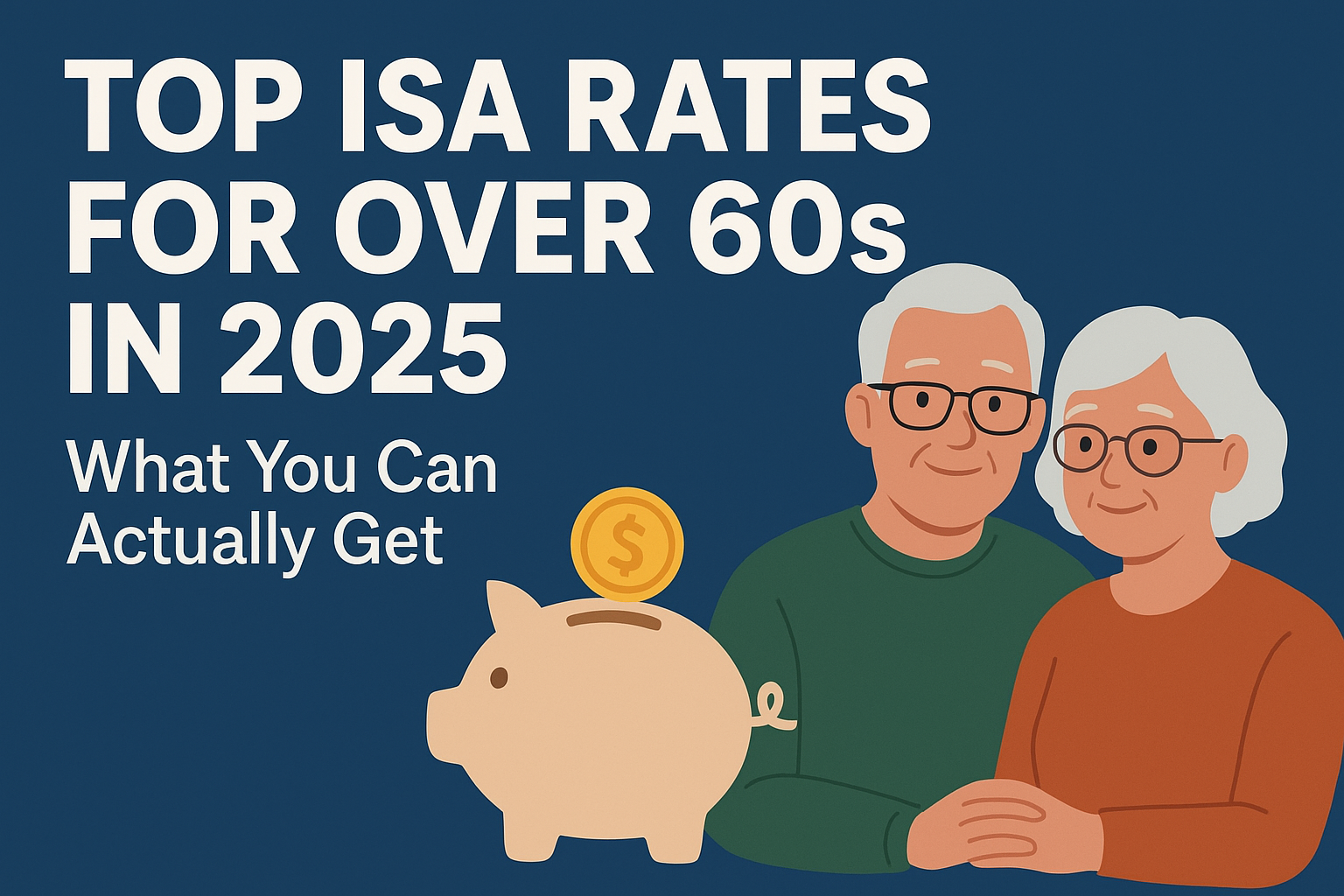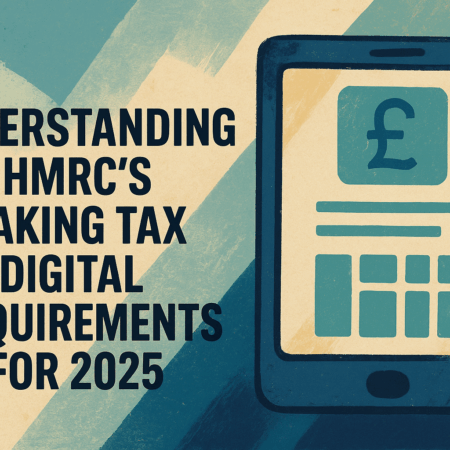Introduction
Energy bills are top of mind heading into 2025. With volatile markets, inflation, and new regulations, choosing the right energy tariff is more confusing than ever.
The big question: should you fix your energy rate or stay on a variable plan?
In this post, we’ll explore what each tariff means, compare costs, look at the latest market updates (as of October 2025), and help you decide which plan will save you more in the year ahead.
What Are Fixed and Variable Energy Tariffs?
Fixed Energy Tariffs
A fixed tariff locks in your price per kWh for a set period — usually 12, 18, or 24 months. Your rate won’t change even if wholesale prices rise or fall.
Key terms to know:
- Contract length: how long your rate stays fixed
- Unit rate: price per kWh of electricity or gas
- Standing charge: daily fixed cost regardless of usage
- Exit fee: charge for leaving early
✅ Best for those who prefer stability and predictable bills.
Variable Energy Tariffs
A variable tariff means your rate can change — often quarterly — based on the wholesale market or price caps (like Ofgem’s UK energy price cap).
You might benefit if prices fall, but risk paying more if they spike.
✅ Best for flexible customers who can tolerate short-term changes.
Fixed vs Variable: Quick Comparison
| Feature | Fixed Tariff | Variable Tariff |
|---|---|---|
| Price stability | ✅ Locked rate for term | ❌ Fluctuates quarterly |
| Protection from spikes | ✅ Yes | ❌ No |
| Benefit from price drops | ❌ No | ✅ Yes |
| Flexibility / exit fees | ⚠️ May apply | ✅ Easier to switch |
| Budget certainty | ✅ Strong | ⚠️ Moderate |
In short:
If you want peace of mind — go fixed.
If you’re comfortable with risk — go variable.
Energy Market Outlook (2024 – 2025)
As of October 2025, UK and EU energy markets remain moderately volatile. Prices have stabilized compared to the 2022–2023 crisis, but still sit above pre-pandemic levels.
Key data (UK)
- Current Ofgem price cap (Oct–Dec 2025): £1,755/year (dual-fuel household)
- Previous quarter: £1,720 — about a 2 % increase
- Electricity unit rate: 26.35 p/kWh | Gas unit rate: 6.29 p/kWh
- Standing charges: 53.68 p/day (electricity), 34.03 p/day (gas)
- Wholesale price trend: up ~30 % YoY in EU markets (IEA, 2025)
New legislation like the Great British Energy Act 2025 aims to improve domestic generation, but short-term relief for consumers is still limited.
Cost Scenarios: Who Wins in 2025?
Let’s see how different plans might perform depending on price movement.
| Scenario | Fixed Tariff Outcome | Variable Tariff Outcome |
|---|---|---|
| Prices rise 15 % | Saves money — locked in lower rate | Bills increase with cap |
| Prices fall 15 % | Pays more — can’t benefit from drop | Enjoys savings |
| Prices stay flat | Nearly equal | Nearly equal |
Example (typical UK home):
- Annual bill at cap: £1,755
- If prices rise 15 %, variable = ~£2,020; fixed locked at £1,900 → save ~£120
- If prices fall 10 %, variable = £1,580; fixed at £1,700 → lose ~£120
Which Tariff Is Best for You?
Ask yourself these key questions:
- 💡 How stable is your usage?
– Fixed is ideal for consistent households. - 💰 Do you value predictability?
– Fixed means no surprises on bills. - 📉 Do you believe prices will fall?
– Then a variable plan could save you more. - ⚠️ Are there exit fees?
– Check before signing any fixed deal. - 🌱 Do you want a green tariff?
– Some renewable fixed plans now cost less than traditional ones.
Tips for Choosing & Switching in 2025
- Compare plans beyond your current supplier.
- Look for fixed deals priced within 3 % of the current cap (good value).
- Avoid long-term lock-ins with high exit fees.
- Track Ofgem’s quarterly cap updates.
- Use trusted comparison sites (e.g. MoneySavingExpert, uSwitch).
- Don’t forget to check standing charges, not just kWh rates.
2025 Forecast & Expert Recommendation
Forecasts suggest moderate price movement in 2025 – 2026. Most analysts expect small increases due to ongoing supply constraints and carbon pricing pressure.
Our take:
- If you want budget certainty → Go Fixed.
- If you’re flexible and expect prices to fall → Stay Variable.
💡 Rule of Thumb:
If a fixed tariff is within 3 % of the current price cap, it’s usually a smart lock-in.
Conclusion
Both tariff types have their place.
- Fixed: ideal if you need peace of mind, budgeting stability, or suspect prices will climb.
- Variable: better if you’re comfortable with change and believe prices could fall.
As of October 2025, the UK energy cap has nudged up 2 %. Locking in a fair fixed deal now could protect you heading into winter.
👉 Next Steps:
Make your switch before the next price cap review.
Review your latest energy bill.
Compare fixed vs variable offers.
Check contract terms and exit fees.









